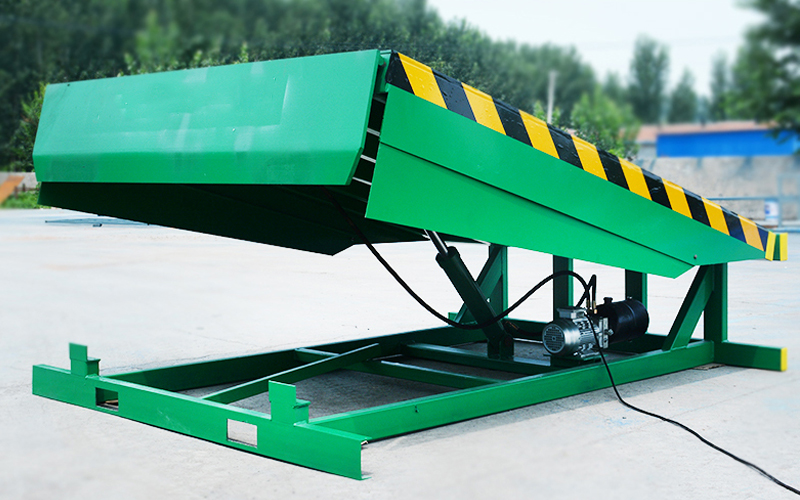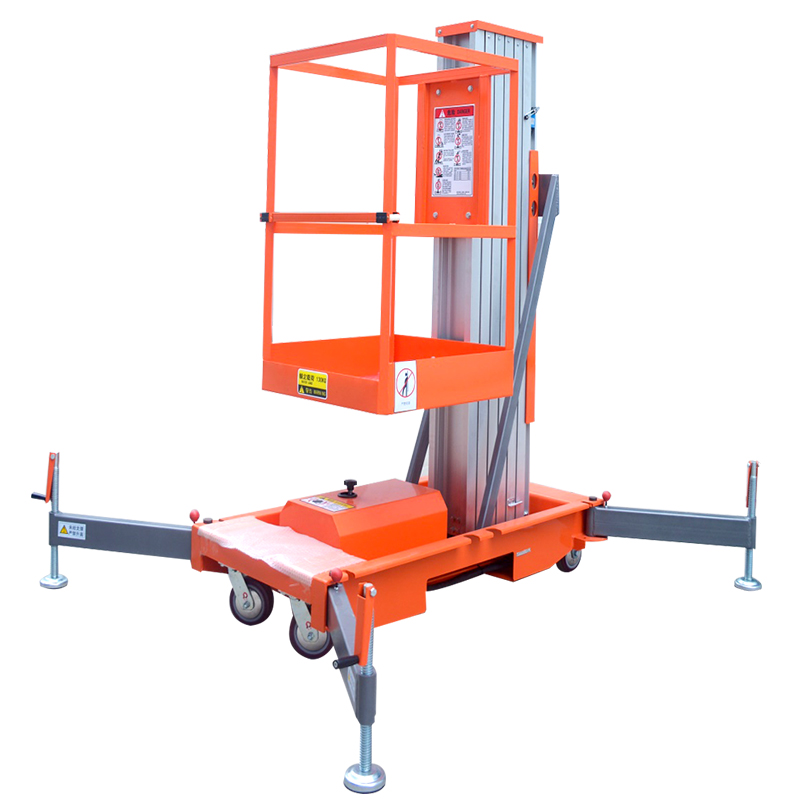Advantages of hydraulic elevator:
1. Hydraulic elevator saves building space
The hydraulic elevator machine room is flexible, and the hydraulic transmission system relies on oil pipes to transmit power, without the need for the top-level machine room. The hydraulic elevator does not need to set up a machine room on the roof, so the vertical size of the hoistway is reduced, and the building space is effectively used.
2. The hydraulic elevator has relatively low requirements for civil structures
The hydraulic elevator does not require a machine room. As the vertical load such as the weight and load of the hydraulic elevator car, all act on the foundation of the hoistway through the hydraulic cylinder, the requirements for the construction performance of the top of the hoistway are low. It is precisely because of the great advantage of low civil engineering requirements that hydraulic elevators have almost occupied most of the home elevator market.、
3. The hydraulic elevator will not overspeed and lose control, and can realize self-rescue for trapped people
Hydraulic elevators will not rush to the top or squat down. As long as the mechanical mechanism is properly designed and the installation is reliable, the safety factor of the hydraulic elevator is relatively high, and there is a backup battery. When the elevator is out of power or malfunctions, press the emergency at the bottom. Press the button, after the hydraulic oil is connected to the drain valve circuit and slowly returns to the oil tank, the elevator will slowly drop by its own weight to realize self-rescue.
4. Safe and reliable in terms of technical performance
With large load capacity, hydraulic elevators use the principle of hydraulic jacks to lift cars. For direct-acting hydraulic elevators, the structure is simple and the failure rate is low.
The shortcomings of hydraulic elevators:
1. Hydraulic oil will leak.
With the frequent use of cylinder pistons, hydraulic oil may leak into the well in the event of expiration of life or wear and tear. This is mainly related to the use of inferior cylinders. The use of plunger cylinders can greatly prevent this from happening. We use the NOK brand seal ring imported from Japan to reduce the occurrence of oil leakage.
2. The comfort is not perfect.
The comfort of hydraulic elevators depends on the situation of installation and commissioning, which is no good as traction elevators. We have a variety of interior decorations for customers to choose from, which greatly improves the aesthetics of the elevator.
In terms of price, compared with traditional traction elevators, due to the low civil engineering requirements, the superiority of its own structure, and the low failure rate, its daily maintenance costs are relatively low.
Advantages of traction home elevator:
1.Quiet and stable
The traction drive is relatively quiet (but different brands of elevators are slightly different). The permanent magnet synchronous main engine has no reduction box, and there will be no mechanical sound of gear friction. As long as the installation and debugging are in place, the operation will be very smooth. The speed of the motor is completely adjusted by frequency conversion and voltage transformation, which can call out a perfect operating speed curve.
2.Energy saving and environmental protection
The permanent magnet synchronous main engine does not need to refuel and change oil regularly, and there is no possibility of oil leakage.
Disadvantages of traction home elevator:
1. The requirements for civil construction should be high.
If the top floor of the customer's house is too low (less than 2800), it cannot be installed. The depth of the foundation pit should be more than 300 mm.
2.Take up more space.
Traction elevators must have a counterweight, so 2 tracks are added, which will take up a little more space than hydraulic elevators, generally 150 mm more than hydraulic elevators. In the case of relatively narrow space, there is no way to install it (less than the inner diameter of the hoistway of only 1400X1100) in addition to the space occupied by the counterweight, even if the base of the host has a minimum size limit.
3.The quality of traction elevators varies from good to bad, and there are too many brands.
Some manufacturers fight price wars, reduce costs, and finally sell products with shoddy products. Another point is the safety problem of traction elevators. If a poor-quality drive machine and control system are configured, the brake may fail and run out of control.
In summary, when the user chooses to install a home elevator, if the site space is large enough and automatic door configuration is required, he can choose a traction elevator. If there is no need for automatic doors, or the space is not large enough, hydraulic elevators are the ideal choice. At the same time, hydraulic elevators are much more economical than traction elevators and can meet the budget needs of most customers.
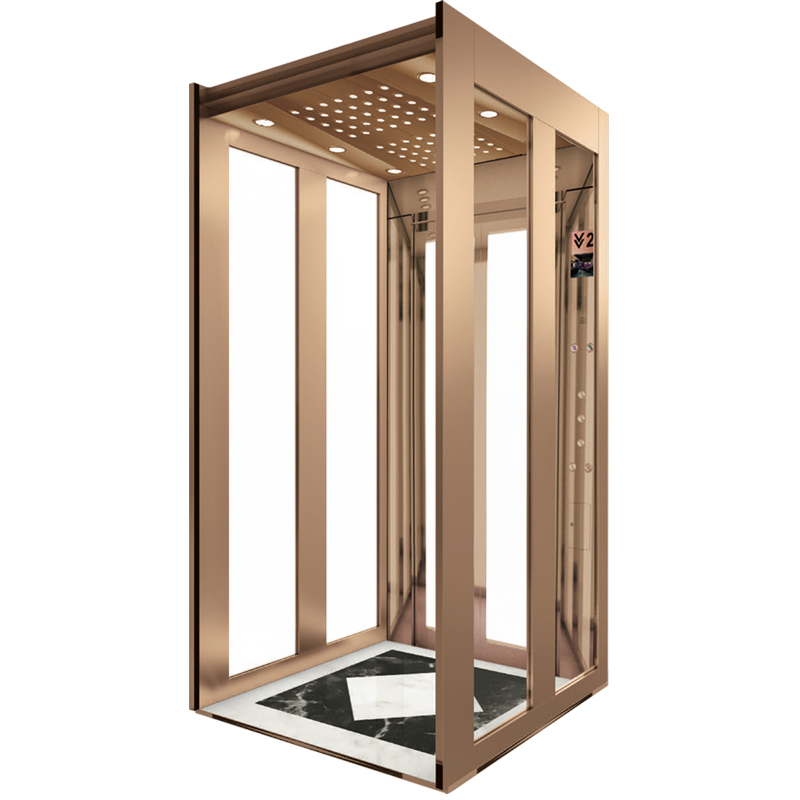
222.webp)
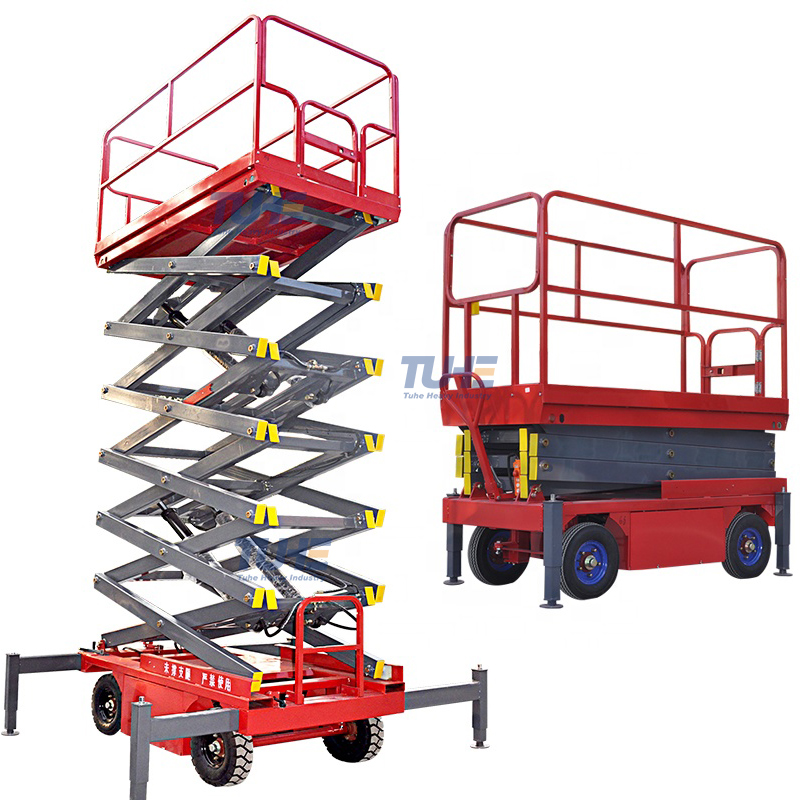
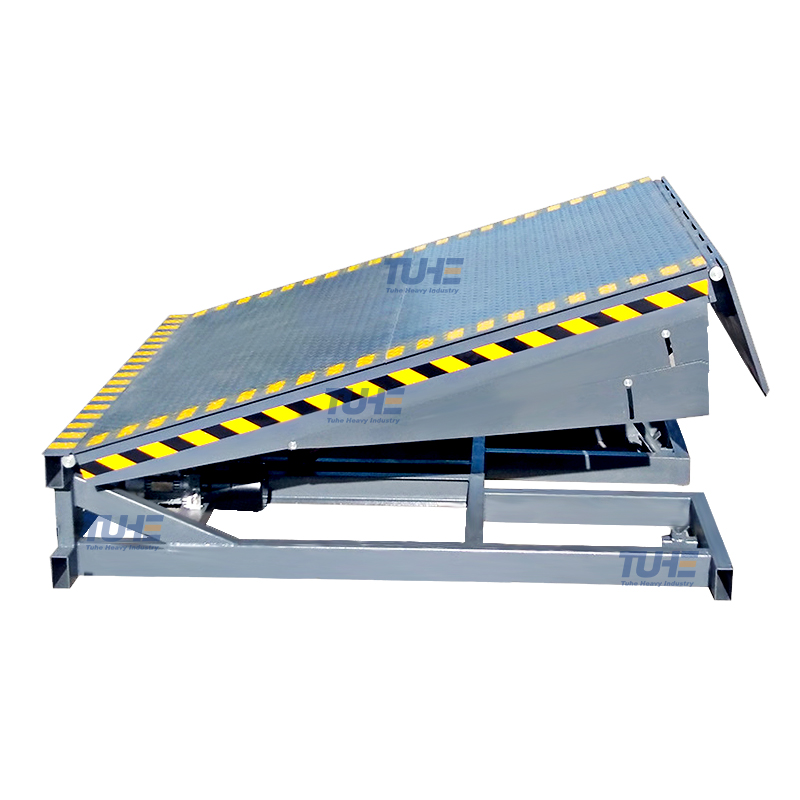
660.webp)
503.webp)
695.webp)
